Parents and teachers have enough to worry about in these turbulent times. For parents of dyslexic students, it can feel like your child is losing valuable time to master reading skills, like reading comprehension. Remember, however, that children are also adjusting to these unfamiliar circumstances and may need more time to understand new subjects. Parents and teachers can help children master reading comprehension skills at home by managing their expectations and following these tips.
Practice, Practice, Practice
As with most skills, practice is key to success. This is especially true for children attempting to master basic reading skills, as well as more complex skills like reading comprehension. While some readers may need to gain more experience with basic decoding skills, more confident readers may be able to practice other reading comprehension skills like determining the author’s purpose or summarizing a passage. No matter the reading level your child is at, reading practice is critical for young children–whether it’s introducing your child’s first chapter book and asking for summaries or turning to a favorite picture book to encourage decoding skills practice.
Think Before Reading
Reading comprehension requires children to not only understand the symbols they are reading and produce meaning from those symbols but also to think about factors beyond the words in front of them. Young readers need to be taught to activate their background knowledge before reading, and then have time to connect that knowledge to what they have read. From considering an author’s purpose to contemplating the motivation of a character in a story, there is quite a lot to think about before a child even starts reading a piece of content. Encourage your child to consider these other elements before and after they read a passage, whether it is a chapter from a book or a question on a test.
Find Engaging Books
Tests on reading comprehension may be unavoidable, but students can practice their reading comprehension skills with pieces that interest them. An enthralling book, series, or genre helps young readers practice deriving meaning from what they are reading. Finding engaging things to read is especially important for dyslexic students who may already be averse to reading due to the initial struggles they face in mastering language skills.
Not Just for Standardized Tests
“When will I use this in the real world?” your child asks. This is a question parents and teachers hear on a daily basis, but the answer is clear. This skill goes beyond just earning a high score on an end of year exam or on the SAT. Reading comprehension affects the everyday lives of adults and children, from processing communications in a professional environment to reading for pleasure. Understanding the meaning that can come from a piece of writing opens a whole new set of opportunities for students with and without dyslexia.
Just PICTURE It
A helpful mnemonic device for young readers, PICTURE can help students practice essential reading comprehension skills in any piece they are reading. P stands for “predict”, encouraging students to predict what is going to happen in a passage before they start reading. I stands for “imagine,” which is when students should try and visualize what they are reading. C stands for “clarifying questions” which students should ask themselves as they read. T, for “try,” reminds students to ask how and why something happens in a passage. U stands for “use background knowledge” and encourages readers to connect their existing knowledge with what they are reading. R instructs students to “review and summarize” what they have read in a passage. Finally, E reminds students to “evaluate” what they just read and ask themselves if everything makes sense. Using a reminder like PICTURE or another mnemonic device can remind students to ask themselves important questions as they read and make conclusions.
This is a challenging time for everyone, and we must remain patient with our learners as we adjust. Maybe your child doesn’t ace their reading quiz or nail all of their sight words, but they did enjoy reading a chapter out of a new book. Take the time to recognize the small wins!
ReadSource recognizes how challenging it is for parents and teachers to continue regular education in this extremely irregular environment. With dyslexia teaching resources available online to help parents and teachers in this challenging time, ReadSource is proud to help those involved in supporting dyslexic individuals. We will continue to promote awareness and understanding of dyslexia throughout this unprecedented situation, and we look forward to continuing to provide training, support, and resources to members of our community.








Leave a Reply